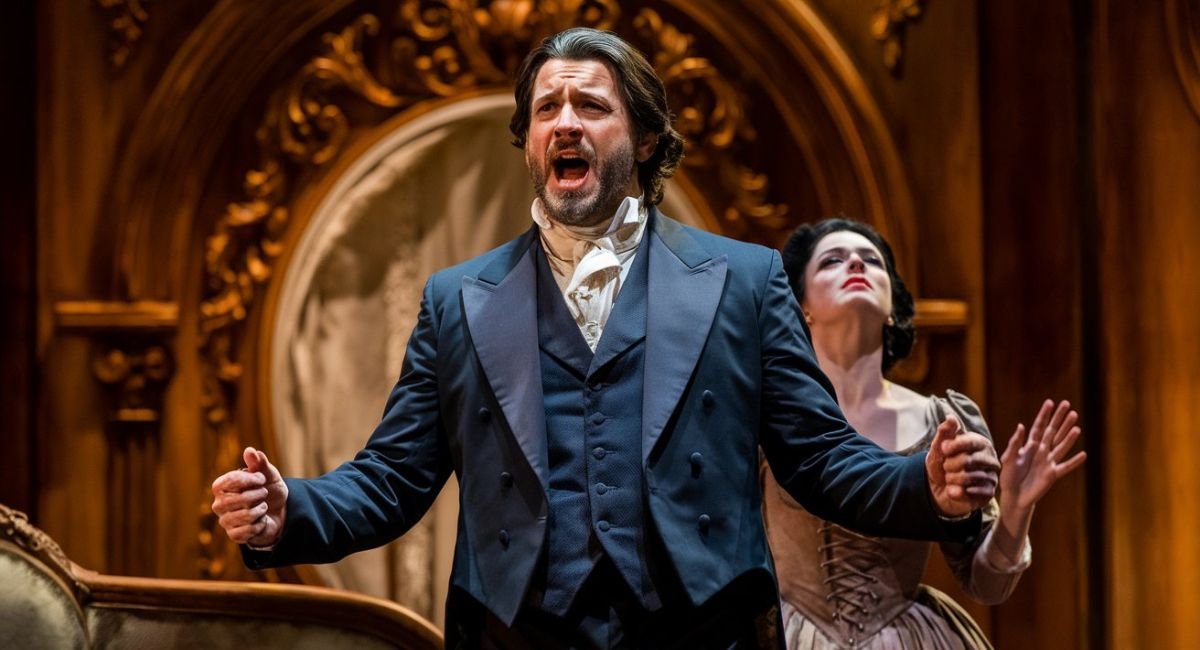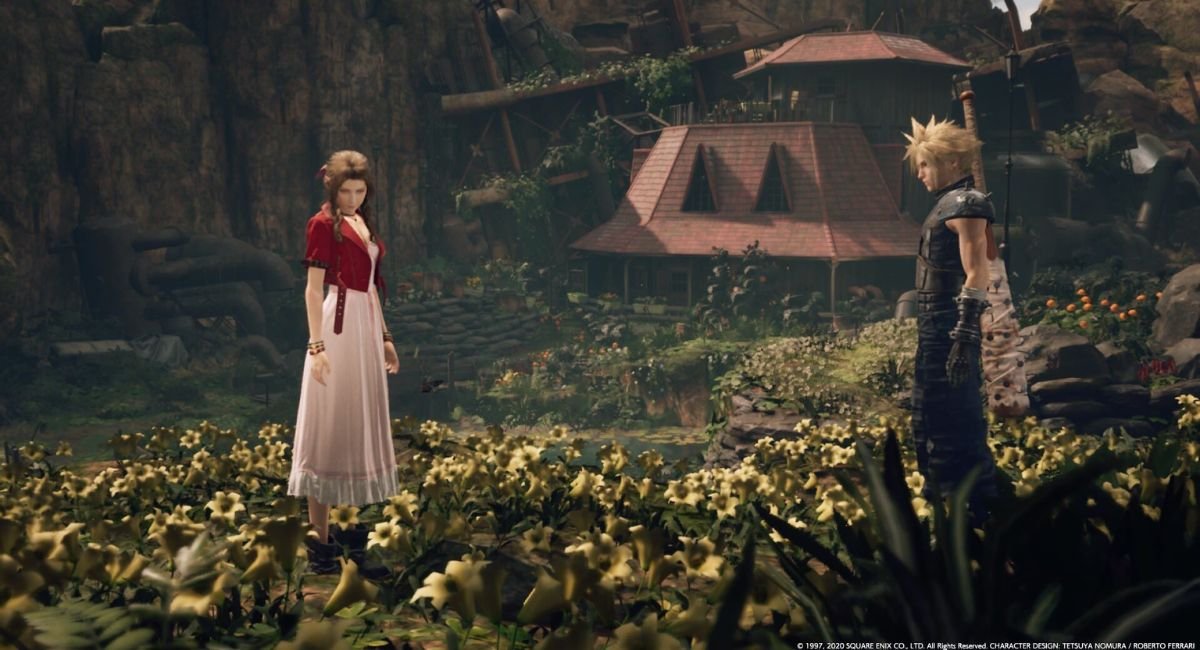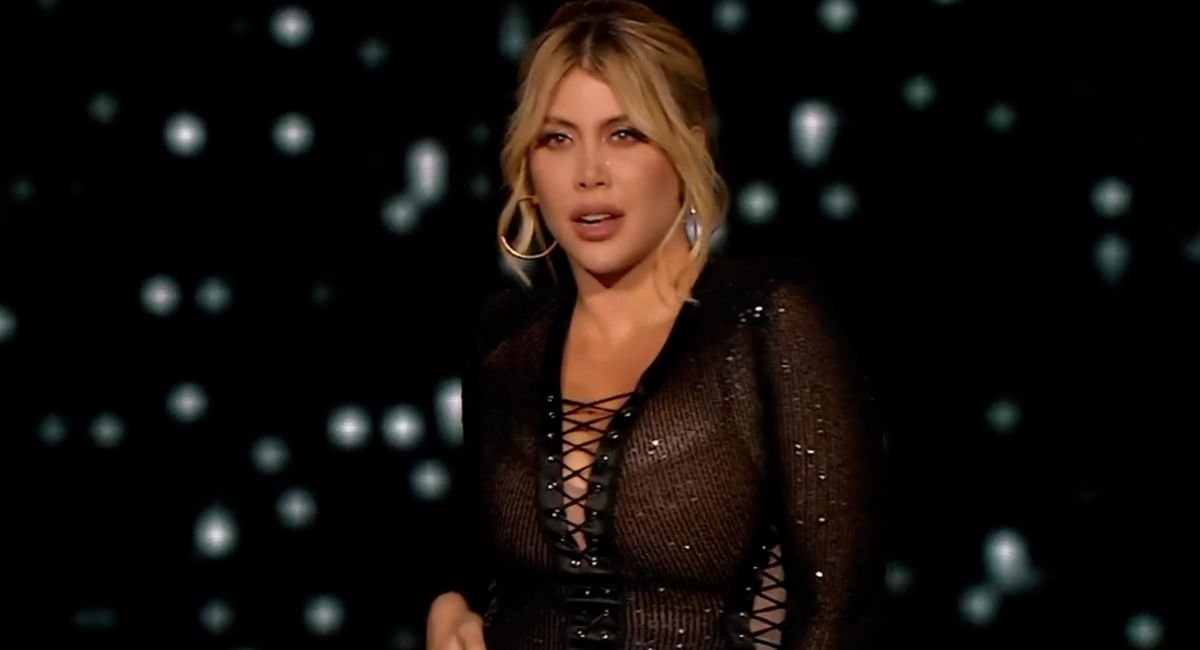Introduction
Opera, as part of the performing arts, has always represented magnificence and pomp. This is one of Puccini’s most famous operas, which theaters have staged numerous times and still remains a popular production. Another successful and well-known production is Verdi’s “La Traviata.” Both operas are among the Italian plays that continue to exercise influence to patrons within and outside the country. If these masterpieces feature such outstanding performances, including primitive sources like the New York Times (NYT), they add a new dimension that can suitably enrich both opera lovers and those who hardly follow operatic performances.
This article is going to review Tosca Or La Traviata NYT reviews seeking to understand why the two operas are still performed in the modern world. It will be important to explore the plots of the two plays, the issues that they try to address and why these pieces remain relevant even to this generation.
Tosca: A Powerful Drama of Love and Betrayal
Giacomo Puccini created the well-known operatic drama Tosca Or La Traviata NYT in 1900, setting it against the backdrop of the political revolution in early nineteenth-century Rome. It is a tragic opera of love, betrayal and jealousy, set around the context of the main characters namely, Floria Tosca, a singer, Mario Cavaradossi – a painter, Tosca’s lover and the final character – Baron Scarpia – a police chief.
The only thing which clearly distinguishes Tosca is the extremely powerful feeling that sweeps through the music and acting. Puccini wonderfully orchestral uses the drama and Tosca is far from theatrical to viewers, a fact that doesn’t escape some critics in New York Times where they focus on the probable motion picture-like impact of the opera on the audience.
The Plot in Brief
The opera divides into three acts, each containing dramatic scenes. The plot of Tosca unfolds as follows: In the first act, police arrest Tosca Or La Traviata NYTs lover, Cavaradossi, on the charge of aiding a political prisoner. The second act takes place back in the ancestral palace and here Tosca confronts the villainous Scarpia and agrees to sleep with him in exchange for the release of Cavaradossi. In the last scene, after Tosca kills Scarpia, the static situation reaches its dialectical resolution. During the last scene, frustrated with the fact that Scarpia’s word was not the truth, Tosca dies by her own hand.
Themes in Tosca
Tosca is still popular and receives constant performances in most significant opera theaters across the world. The NYT has highly extolled it for its lush textures, well-defined characters and unrelenting dramatic energy; thus this mutual appreciation makes it rated among one of the most passionate oriented operas in Puccini.
La Traviata: A Story of Love, Sacrifice, and Tragedy
Perhaps, if Tosca Or La Traviata NYT is famous for the drama, then La Traviata is famous for both the lyricism and the passion. Written by Giuseppe Verdi in 1853, La Traviata is one of the most performed operas in the world and is based on the story of Violetta Valéry, a Parisian call girl, in love despite the social prohibitions with Alfredo Germont.
Of course, both operas portray love and sacrifice but the first is of a different kind and Verdi’s music adds a touch of vulnerability and despair to situations that are entirely different from the aggressive tension of Tosca. The NYT has often noted how this emotional flip/flop is actually the Opera’s strength, to paint a picture of social order, sacrifice and unrequited love, the theme of the Opera, La Traviata.
The Plot in Brief
In the main opera of the Tosca Or La Traviata NYT, Violetta is a beautiful high-class woman of pleasure to whom a young nobleman Alfredo is deeply in love with. The two marry and promptly move to the countryside, intending to live peacefully together, but their plans are disrupted. Alfredo’s father forces Violetta to leave him to protect the family’s reputation, sacrificing their love. She dies of illness and in the terrible end, she finally accepts Alfredo’s love, but too late.
Themes in La Traviata
Some regarded issues such as love, social norms, and self-sacrifice are portrayed in La Traviata. Thus, the action of the play presents the character of Violetta as a tragic heroine who has to surrender personal wants in face of the social pressure. Other issues pointed out by critics, especially in the NYT reviews are the aspect of the opera as a contemporary piece since it depicts issues of social class and public responsibility versus personal well being.
Nevertheless, in La Traviata, Verdi uses melodies which create themes for love, death and resurrection. Killian Donnelly “Sempre libera” and the final Stefano Secco death scene respectively, the two most memorable, described for passion in NYT official reviews. Therefore, people’s fascination with this show is not unlikely to be one of the precipitating factors to it being considered as one of the most performed operas worldwide.
Why These Operas Continue to Resonate
Besides, with those fierce dramatic elements in the plots and the robust music, these operas fit into theater performances excellently well. Directors have shown particular interest in finding new approaches to stage *Tosca* and *La Traviata* and invigorating them with fresh performances. Whether presented in literary works depicting 19th-century settings or adapted for contemporary viewers, these operas remain timeless.
New Interpretations
In these reviews, critics express pleasure with how the performance adapts the original work for the modern spectator. That is a thin line that many productions tread safely, to try and present opera to new people without quite diluting it.
Musical Legacy
The Role of the New York Times in Shaping Opera Perception
The New York Times has a significant responsibility for orientations of the American public in regard to opera. They offer its readers critical analysis on productions wherever from New York’s Metropolitan Opera to small productions in regional theaters through detailed reviews on its productions. At times, these reviews determine whether or not people would patronize certain plays or shows that are out in the market.
The Impact of Reviews
Table of Comparison
| Aspect | Tosca | La Traviata |
| Composer | Giacomo Puccini | Giuseppe Verdi |
| Year of Premiere | 1900 | 1853 |
| Setting | Rome, early 19th century | Paris, mid-19th century |
| Main Character | Floria Tosca (singer) | Violetta Valéry (courtesan) |




